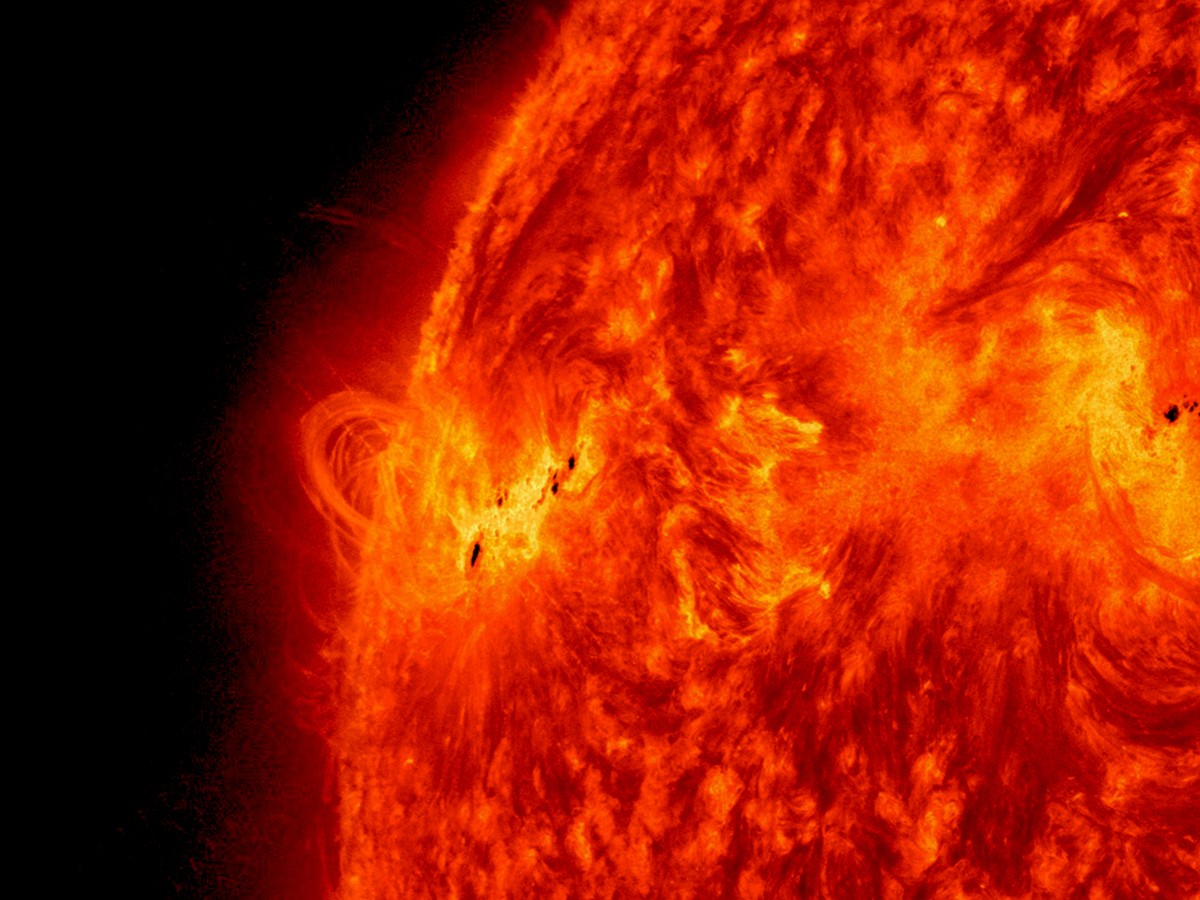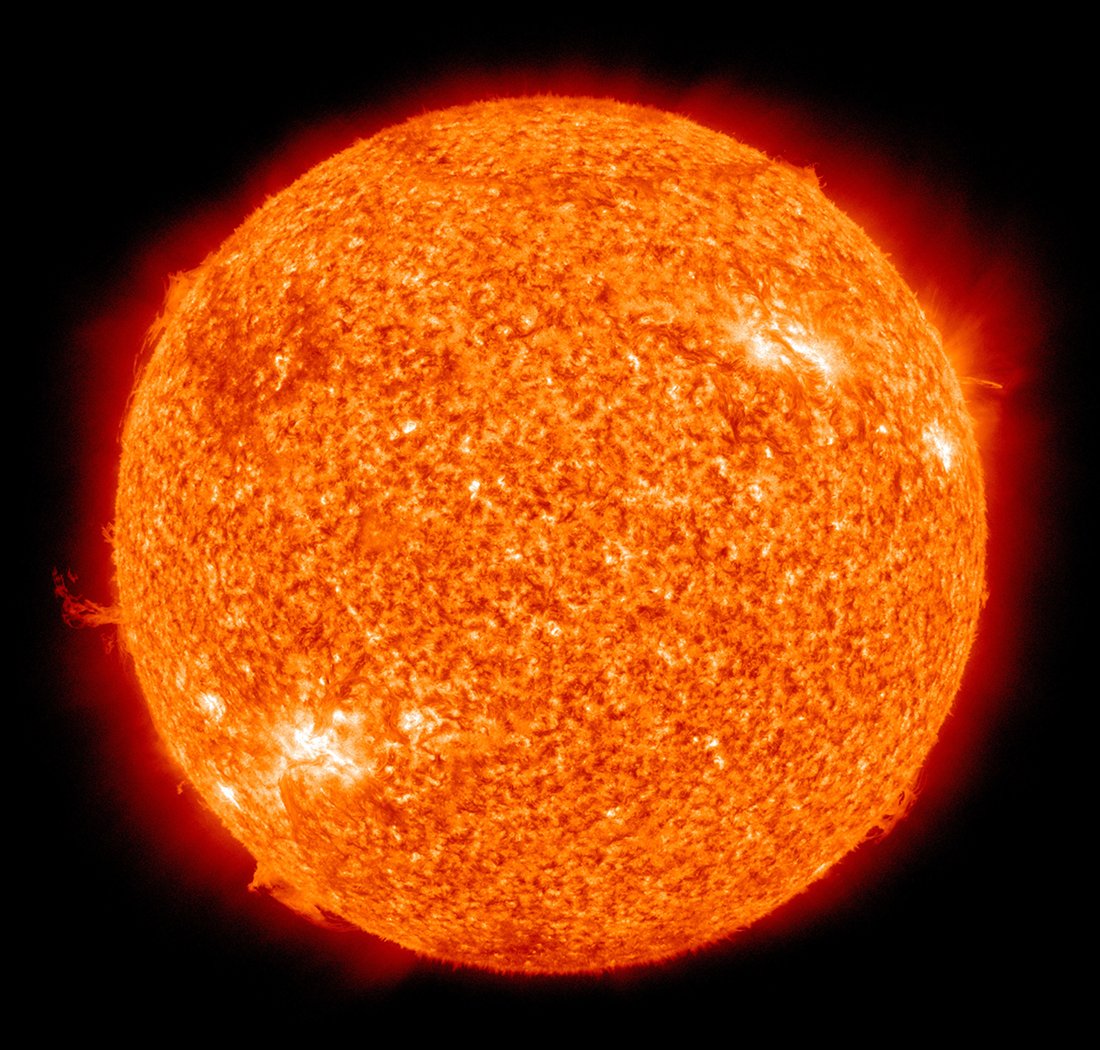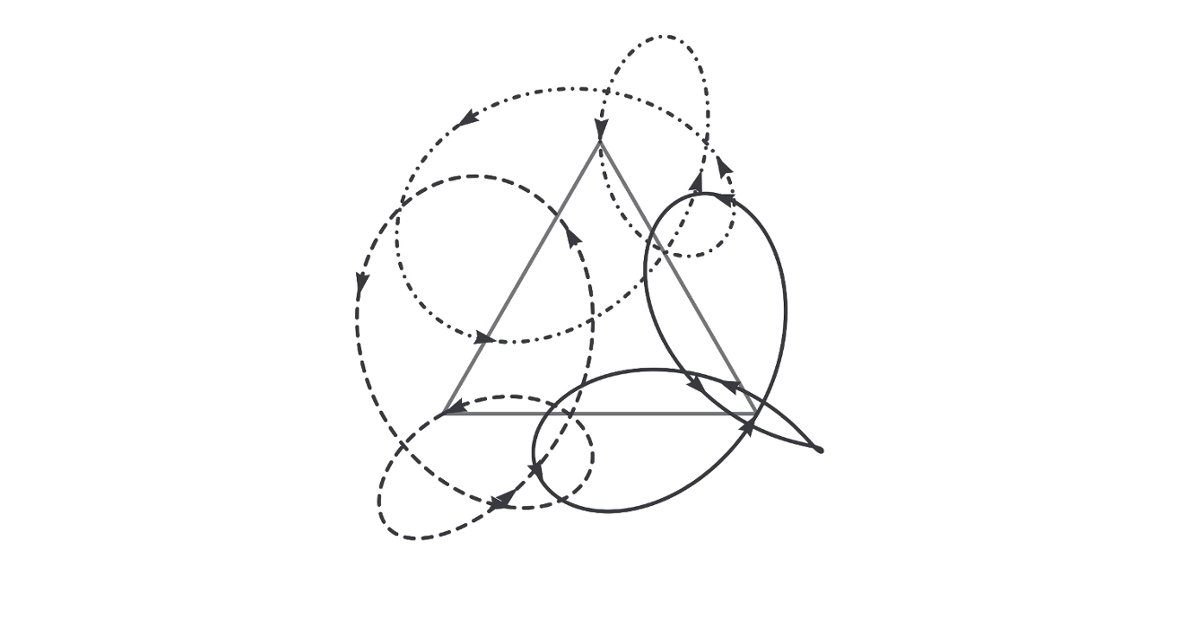I’ve always believed we have a lot to learn from physics, biology and math.
Our individual and organizational behaviors often mimic the natural sciences.
Humans have only been around for a couple of hundred thousand of years, but the laws of physics have been operating for 14 billion years. Perhaps we should learn from the natural laws that brought us to this place. Fusion and fission are a good place to start.
Fusion occurs when two atoms slam together to form a heavier atom, like when two hydrogen atoms fuse to form one helium atom. This is the same process that powers the sun and creates huge amounts of energy—several times greater than fission. It also doesn’t produce highly radioactive fission products.

Fission occurs when an atom splits into two parts, either through natural decay or when instigated within a lab. Fission releases energy and has great potential as a source of power, but it also has a number of safety, environmental, and political concerns attached to it that can hinder its use. In fission, the nucleus splits, either through radioactive decay or because it has been bombarded by other subatomic particles known as neutrinos. An atom contains protons and neutrons in its central nucleus. The resulting pieces have less combined mass than the original nucleus, with the missing mass converted into nuclear energy.

Fusion takes many forms.
Mating occurs when two bodies come together which sometimes results in new offspring. Marriage and partnering occur when two people join each other to create a life together. When people partner to develop new models, their collaboration often results in something larger and better than they could have created on their own. Teams get better results bringing together diverse ideas.
The author Will Self says his novels come about from a fusion of two big ideas, creating a critical mass that then fissions—throwing off hundreds of other particles, riffs, tropes, and characters.
Music that blends jazz elements and the heavy repetitive rhythms of rock is a form of fusion. Also called jazzfusion, jazzrock. A style of cooking that combines ingredients and techniques from very different cultures or countries is still another example of greater possibilities occurring by bringing together different flavors and ingredients.
Both fission and fusion are nuclear reactions that produce energy, but they are opposite of each other.
While fission is splitting of a heavy, unstable nucleus into two lighter nuclei, fusion is the process where two light nuclei combine together releasing vast amounts of energy.
These scientific facts raise important questions about our individual and organizational behavior: Given the fact that fusion produces more positive energy and outcomes, why is it that society is hell bent on fission?
Are some divides too great for common humanity to bridge?
Why are so many people suffering from disassociation or fragmentation? Are people from different economic classes, environmental sensitivities, and educational status so divided that they can find no path to compromise, cooperation, collaboration, and common ground?
It seems to me that our capacity to see one another as fellow humans, to connect across differences, and to bridge divides are the foundations of a healthy society. After all, we are One, not many.
When there is no shared reality, common ground, or mutually agreed-upon goals, then we only see division and fission.
We are divided by religion. We are divided by politics. We are divided by race. We are divided by class and caste. We are even divided within families.
As a result, we are destroying the environment, undermining education, and creating economic inequalities for starters. Going back to our lessons from physics, we are experiencing radioactive decay through the bombardment of subversive policies known as Newtrinos (altered spelling intentional). In a recent article in the New York Times, Pico Iyer suggests we are most united by our divisiveness. I recommend the article; you can find it here.
We know that bringing differences together results in better marriages, better teams, better government, better music, better books, and better food. Why can’t we do the same to create better environmental, educational, and economic policies that serve the common good?
Why can’t we simply return to the unity with which we began 200,000 years ago—before territorial tribalism, brutal competition, and rampant egoism?
We can start by making the choice to bring things together physically, emotionally, intellectually, and spiritually. Physically, walking together is a wonderful way to embrace Nature. Emotionally, healthy relationships are formed when people authentically bring their feelings and values to the relationship. Intellectually, writing and speaking are enhanced by synthesizing different ideas. Spiritually, we develop our souls by bringing together multiple spiritual practices—Energy’s Way, for example, is a fusion practice created by Artie Vipperla.

When individuals are fragmented, we know there is a health benefit from becoming more unified, whole, and balanced. Is it possible to bring together different social, political, and economic ideologies to create healthier economic conditions, sustainable environments, and better educational outcomes?
 Here is the lesson from physics that we need to remember. Fusion creates huge amounts of energy with no radioactivity and results in more combined mass. Fission has great potential as a source of power (divide, compete, and conquer), but it also has a number of safety, environmental, and political concerns and results in less mass. Unfortunately, there is no power, fortune or fame in fusion. By its very definition, fusion requires some level of sacrifice.
Here is the lesson from physics that we need to remember. Fusion creates huge amounts of energy with no radioactivity and results in more combined mass. Fission has great potential as a source of power (divide, compete, and conquer), but it also has a number of safety, environmental, and political concerns and results in less mass. Unfortunately, there is no power, fortune or fame in fusion. By its very definition, fusion requires some level of sacrifice.
People are generally guided more by the forces of power, not self-sacrifice.
Fusion is about positive energy. Fission is about power. I guess people would prefer to be bound to their separateness instead of freed by the boundlessness of synergy. Is it any wonder we are on the brink?
We humans have the arrogance to believe that we are the source of all intelligence on this planet even though we have lived here a relatively short period of time.
We fail to acknowledge the intelligence that plants and animals have been developing for millions of years on this planet and the laws of physics that have been governing behavior for billions of years.
What can we do as individuals and organizations to bring things together instead of tear things apart? To focus on fusion instead of fission? To fuse together instead of fizzle apart.
I believe it starts with our own lives.
We can improve our physical health by fusing what we know about diet and exercise to increase our energy levels. We can improve our emotional health by fusing what we know about intimacy, authenticity and vulnerability to strengthen relationships. We can improve our intellectual health by fusing multiple perspectives, analyzing data, and synthesizing complex ideas to deepen our perspective. We can improve our spiritual health by fusing multiple practices (e.g. Yoga, qigong, meditation, Tai Chi, etc.) to enrich our souls.
As organizations, we can seek ways to build better together.
As I have mentioned in a previous post, I’m working in my local community on creating a Coalition for the Possible and a Center for Radical Interdependence. Both of these entities are designed to bring together the best ideas from all segments of the community to produce more positive energy and productive organizations—to unify instead of divide. It’s a start.
Maybe it’s time to pay more attention to the laws of physics and start practicing fusion instead of fission. This simple difference could result in more positive energy in the world and far less radioactive fallout. May it be so.



Thanks Ricky! Right on my man!
Another gem Rick. Thank you.